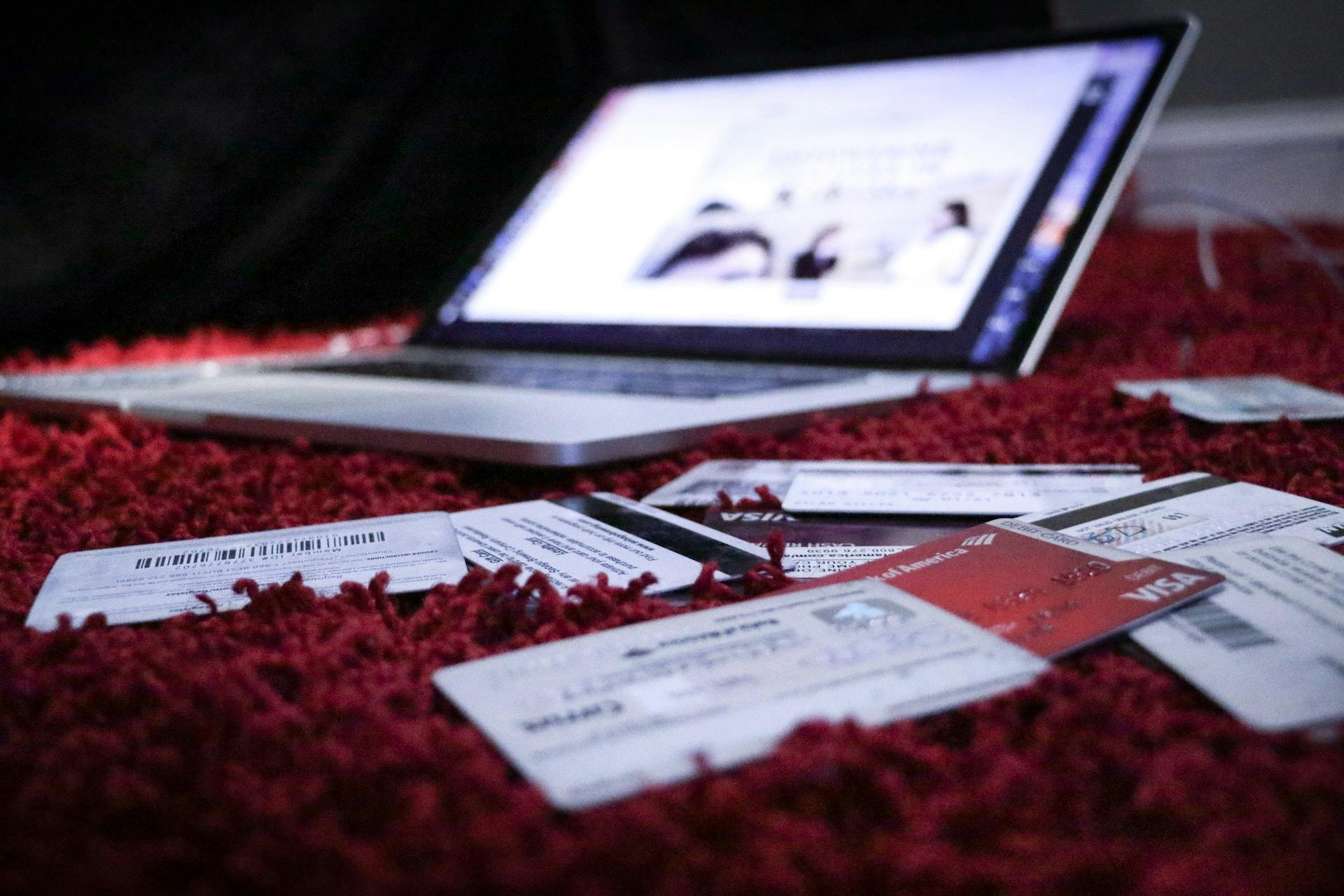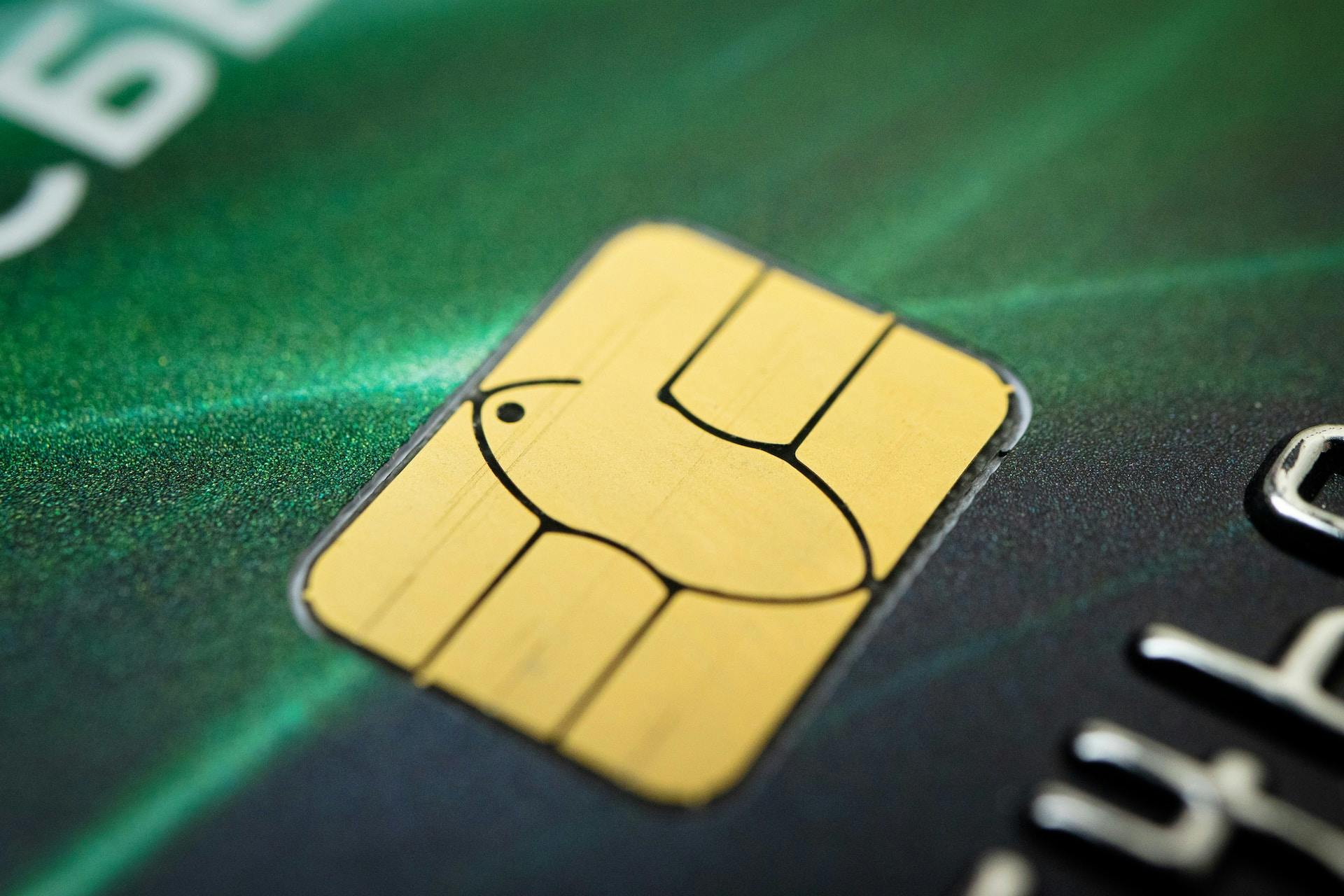
In life, unexpected events can occur at any moment, and financial emergencies are no exception. Sudden job loss, medical bills, car repairs, and unexpected home repairs can put a financial strain on anyone. Without a solid financial plan, these unexpected events can cause financial instability and stress. This is where an emergency fund comes in. In this article, we will discuss the importance of emergency funds and how to build one from scratch.
Why is having an emergency fund important?
An emergency fund is a sum of money set aside to cover unexpected expenses. It is not intended for regular expenses such as rent, groceries, or utility bills, but rather for emergencies that may arise. Having an emergency fund can help you avoid going into debt or using high-interest credit cards to pay for unexpected expenses. Here are some reasons why having an emergency fund is important:
Knowing that you have money set aside for unexpected expenses can bring you peace of mind. You won't have to worry about how you will pay for unexpected bills or emergencies, and you can focus on other things.
An emergency fund can help you avoid going into debt or relying on credit cards to pay for unexpected expenses. This can help you maintain financial stability and avoid the stress of dealing with debt.
Financial emergencies can be stressful, and having an emergency fund can help reduce that stress. Instead of worrying about how to pay for unexpected expenses, you can focus on finding solutions and dealing with the situation.
How to build an emergency fund from scratch
Building an emergency fund takes time, but it is worth the effort. Here are some steps to help you build an emergency fund from scratch:
1. Set a goal
Determine how much money you want to save in your emergency fund. A good rule of thumb is to save enough money to cover 3-6 months of living expenses. This should be enough to cover unexpected expenses and give you time to find a new job or source of income if needed.
2. Create a budget
Creating a budget will help you identify areas where you can cut expenses and save money. Determine how much money you can realistically set aside each month for your emergency fund.
3. Open a separate savings account
Open a separate savings account specifically for your emergency fund. This will help you keep your emergency fund separate from your regular savings or checking account.
4. Automate your savings
Set up an automatic transfer from your checking account to your emergency fund savings account each month. This will help you save money consistently and make it easier to reach your savings goal.
5. Avoid using your emergency fund for non-emergencies
It's important to remember that your emergency fund is for emergencies only. Avoid using it for non-emergencies, even if you feel like you can afford it.
An emergency fund is an essential part of any financial plan. It can provide financial stability, reduce stress, and give you peace of mind knowing that you are prepared for unexpected expenses. Building an emergency fund takes time and effort, but it is worth it in the end. By setting a goal, creating a budget, opening a separate savings account, automating your savings, and avoiding using your emergency fund for non-emergencies, you can build a solid emergency fund and be prepared for whatever life throws your way.
MoneyCoach allows you to set up emergency funds so you always have a safety net when an emergency happens.




